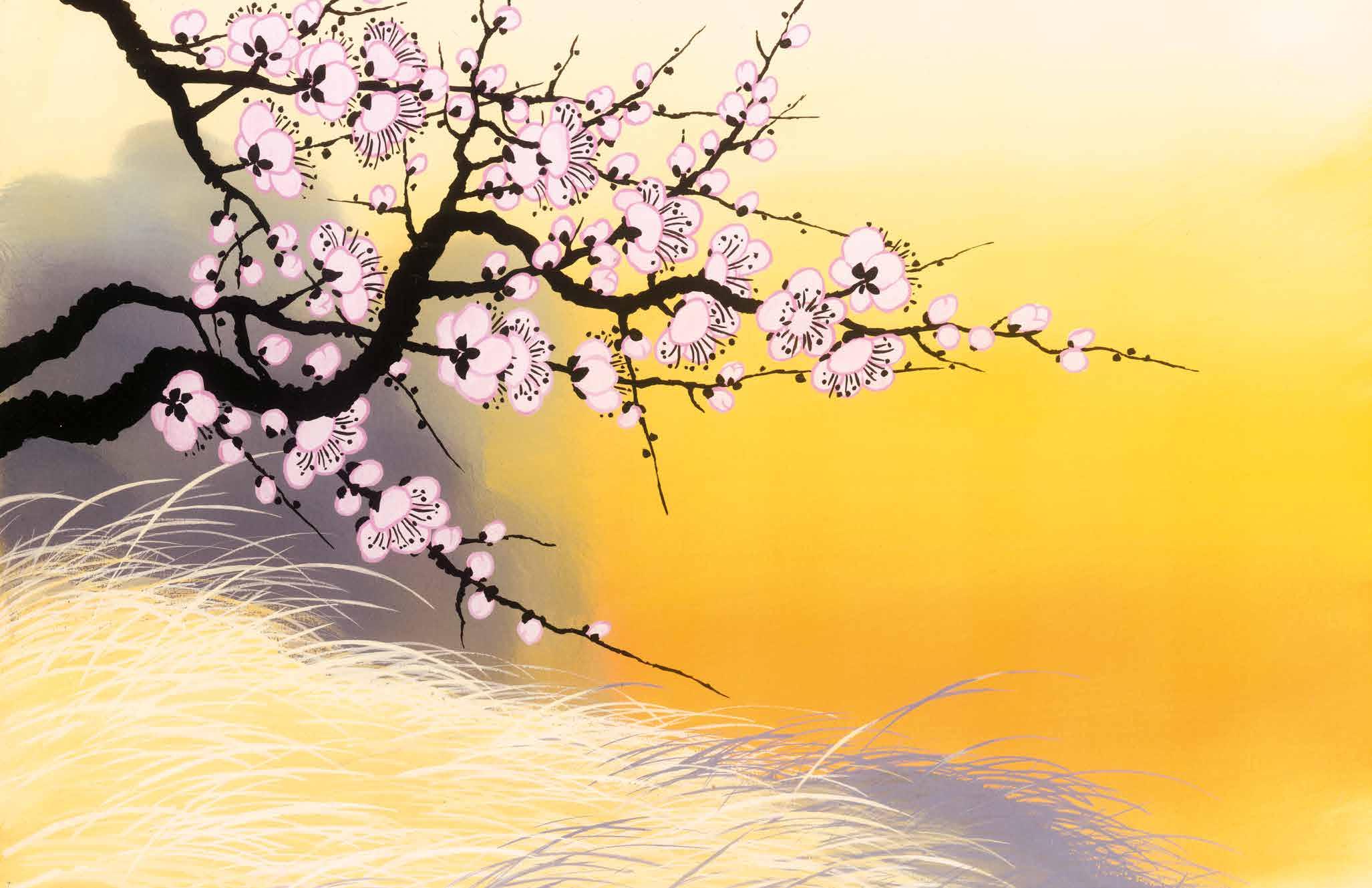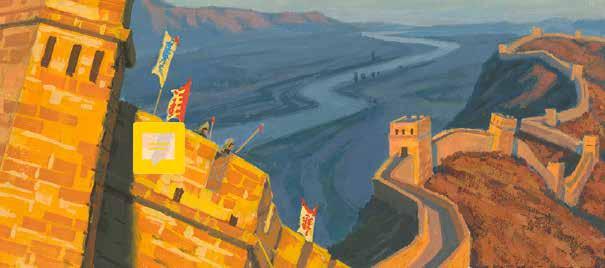
Holding my original copy of Jeff Kurtti’s brilliant 1998 work The Art of Mulan, I’m reminded why over these past 20 plus years I’ve referred to this as the best book ever written on the making of an animated film. It captures the art, the process, and the artists in stunning and accurate detail.
Having spent a significant portion of my career working on some 21 Disney Animated films, plus a handful of shorts and direct-to-video features, I learned that everything great in those films—from the stories to the art to the music—was directly from the hearts of extraordinary people. Artists, one and all, who were each starting from a blank page, or paper, or screen, or board. Life and its heartbeat were conjured from the heavens. Or so it seemed.

This book captures the remarkable artistry, from visual development and story sketch, through layout and rough animation, to backgrounds—and glorious final images. The artistry of the design team, led by Ric Sluiter and Hans Bacher, still knocks me out. The stunning animation of Mulan herself, from the legendary Mark Henn, and the work from the most astonishing collection of animators I can remember, created living, breathing characters from a time and place so very far away from our studio in Orlando, Florida.
This book allows us to dive into Chen-yi Chang’s delicious character art, and revel in the story brought to us by Chris Sanders, and the story and screenwriting team. True animation connoisseurs will even find the delicate touch of animation legend (and Disney Legend) Joe Grant in these pages.
Matthew Wilder and David Zippel’s songs have become Disney classics. “Reflection” is an anthem in itself, and has become something of a standard in that genre. Jerry Goldsmith’s erudite and resonant score, composed as a favor from a master late in his career, still gives all audiences a thrill in both its scale and delicacy. Any fan of the animated film will hear their unforgettable music in their mind as they look through these pages.
None of this book, and of course the beloved film that it chronicles, would have happened without the artistic guidance of directors Barry Cook and Tony Bancroft. My boundless and unending respect for the leadership of first-time producer Pam Coats is based not only on her extraordinary achievement in keeping this project alive, but doing so in the face of complications more profound than anyone could have imagined.
It comes as no surprise that when we first encountered the late Robert San Souci’s book, Fa Mulan: The Story of a Woman Warrior, we were on a path to a different kind of Disney movie.
Writing this from the end of the second decade of the century after the film was created, it is hard to remember that the notion of a Disney animated musical, based on an unconventional woman who strikes out on her own, risks her life by disguising herself, seeks and gets training, reveals her true identity, and goes on to save her country—all while simply trying to protect her father from certain death as a soldier himself—was an idea profoundly out of step with animation tradition, and even the narratives of its time.
Add to that the component of placing it in a location that was mostly a mystery to the intended audience, and you have a story for which we had to fight. “Why would she make this sacrifice with no intended gain?” “Does it have to be a musical?” “Where is the man who will save her?” “What do you mean she doesn’t get rescued?” “Where’s the wedding scene?”
Today—more than ever—it is clear to me why the film has become a favorite of so many members of the generation who grew up with it.
What we didn’t know back in the mid 1990s, was that Disney as a Company would eventually make bold moves to open a theme park in Hong Kong, and then follow that with a pioneering resort in Shanghai. For me, standing along the “Main Street” in our Shanghai park and watching a parade float based on our animated Mulan pass by was something I could never have imagined. (And yes, I was misty eyed.)
What moved me was not just the journey of our particular telling of this tale, but the journey of all the brilliant people who were part of making it—and the countless young people who, within it, have found so much inspiration.

Disney has always been a company of dreams: telling them, planting them, fostering them. In these pages, it becomes abundantly clear how the filmmakers of Mulan fulfilled all of that. Through artistry, commitment, reaching beyond what’s traditional and comfortable—and fundamentally telling a story with rich meaning, and with some of the most stunning artwork ever created at the Company.
— Thomas Schumacher
Thomas Schumacher currently serves as President & Producer of Disney Theatrical Group, where he oversees the development, creation and execution of Disney’s legitimate stage entertainment around the globe, including Broadway, touring, and licensed productions. His career at Disney began in Walt Disney Feature Animation, producing the animated classic The Rescuers Down Under He was ultimately named President and oversaw some 21 animated features, including The Lion King Tim Burton’s The Nightmare Before Christmas Pocahontas The Hunchback of Notre Dame, Mulan, Tarzan, Hercules and Lilo & Stitch, and worked closely with Pixar on their first five films.
